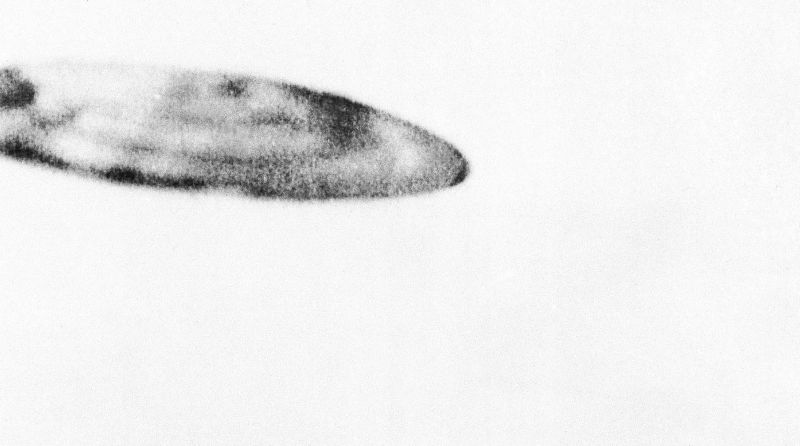
Reported UFO sightings have been declining in the United States for the last few years, according to the statistician tasked with making sense of all the data acquired by the leading civilian UFO investigation group.
The Mutual UFO Network (MUFON) is a non-profit that investigates reports of UFO sightings. The group encourages people who have close encounters to report their sightings on the MUFON site. The organization claims it receives about 7,000 reports per month—but numbers have been on a steady decline since around 2012.
Advertisement
“There definitely has been a fall off of late,” MUFON statistician David C. Korts told Gizmodo. “It hasn’t been a straight line. But in looking at those numbers, it was a peak in 2012 and it’s been a 30 to 40 percent drop from 2012 to 2017.”
Korts is a retired statistician who is currently studying the data to learn more about UFO sightings, like where they occur the most and how they’re changing over time.
Korts isn’t the only one who has noticed the shift. Cheryl Costa—a writer who was named International UFO Congress’s 2018 Researcher of the Year—recently reviewed reported sightings data from both MUFON and the National UFO Reporting Center (NUFORC) over the last 17 years, and reported her findings in the Syracuse New Times. Her analysis showed that after a steady increase in sighting reports from 2001 to 2012, reports have been on the decline.
Advertisement
While both MUFON and NUFROC take online reports of sightings, MUFON field investigators examine reports and attempt to filter out hoaxes, mistakes, and objects that can be identified. According to Korts, MUFON ends up clearing out about half the reports that people submit. “I work with a highly filtered, highly clean data set,” Korts explained.
With this data set, he hopes to see how certain UFO shapes (like saucers and triangles) and colors, have increased or decreased over time. And he wants to find which areas have more and less sightings, after adjusting for factors like population and area size. But one thing is already very apparent: fewer people are reporting sightings.
“At this point, it’s unclear. It’s perplexing,” he said. “I don’t know why it is. I think it’s an interesting question. That’s the kind of thing you discover by doing this kind of work.”
Advertisement
This is a curious trend, given that almost every other aspect of our world is better documented than ever before. More people are carrying cameras on them and more people have access to the internet and can therefore share their strange observations. Meteoric fireballs, for instance, are extensively documented these days, captured on dashboard, security, and phone cameras. So why not UFOS?
Sharon Hill, a geologist and science writer who researches pseudoscience and paranormal culture, has some ideas about why there has been a decline in reports.
“In today’s social media culture, the way you express your odd experiences is with some sort of video on YouTube, or a picture. And UFOs are really difficult to photograph,” Hill told Gizmodo.
Advertisement
“It’s not to say that there aren’t weird things in the sky, because I really think that there are unidentified things in the sky,” Hill said. “Atmospheric anomalies I think are something that we probably should be looking into. But when people are interpreting these things as intelligent craft or physical objects that are examining us—that’s a dead end. It’s not something that can be scientifically investigated.”
Hill also believes that the culture around alien investigations has shifted to focus on exopolitical conspiracies—that is, alleged attempts by governments to suppress information about extraterrestrial visitors—instead of what’s in the sky. “Ideas about conspiracy have just infiltrated and warped the idea of of investigating UFOs,” she said. “You aren’t able to investigate those things. They’re conspiracies.”
But MUFON says it’s still committed to figuring out the truth behind UFOs. “We’re not alone in the universe and there is intelligent life visiting it,” MUFON executive director Jan Harzan told Gizmodo. He said MUFON shares the data so researchers can better understand UFO phenomena.
Advertisement
While there are still hundreds of reports each month, that data doesn’t include many clear photos. Harzan had an explanation for why so many of the UFO photos are blurry: “UFOs are basically manipulating space-time. And when they do that, it requires a high electromagnetic field. That distorts the images.”
Harzan did have some tips for anyone who wants to see a UFO. “Just being outdoors, being in a quiet place, and thinking about it tends to be one way you could attract these crafts,” Harzan said. “There appears to be some kind of a consciousness connection.”













